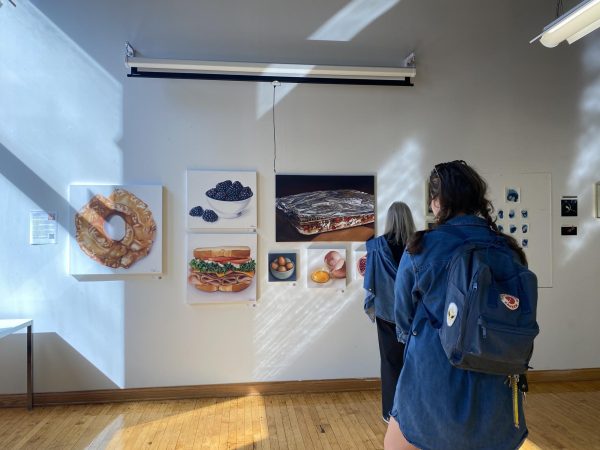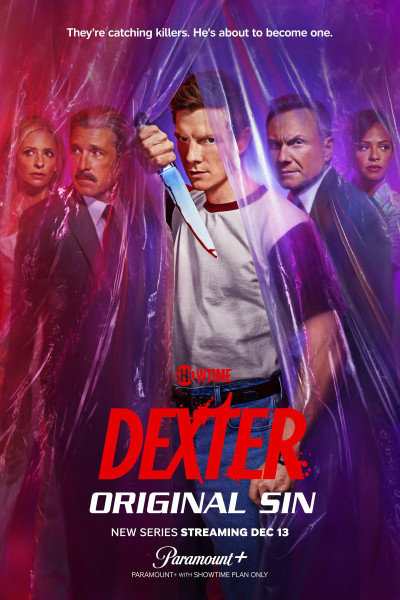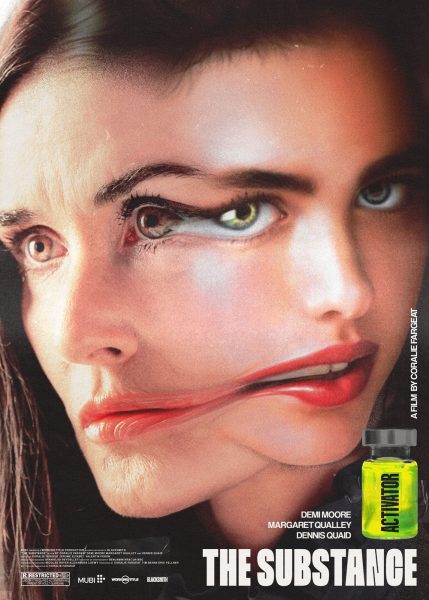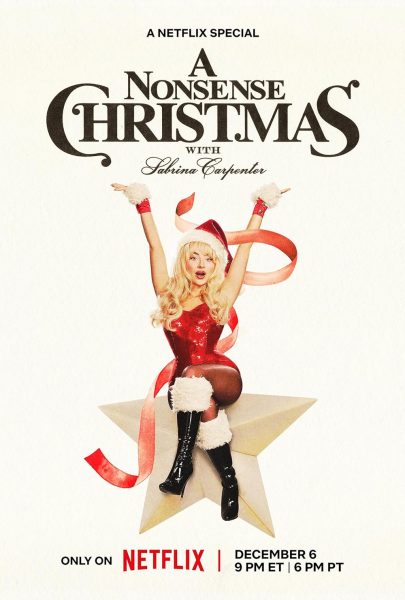‘Pose’ is a new definition of family
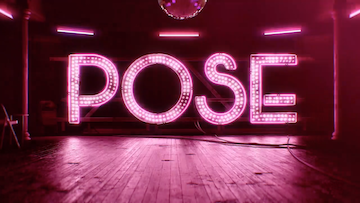
FX
Created by the television gods, Ryan Murphy and Brad Falchuk (Creators of “Hollywood,” “Glee” and “American Horror Story”), “Pose” is loud in all the right ways, placing attention on Black trans women in the 80s, glamorous costumes, the loud and confident characters, the AIDS crisis and above all the legendary ballroom scene raging on in New York City during the time.
“Pose” aired on FX in 2018, and has been on Netflix for a while, but it wasn’t until recently that I decided to watch it. As someone who has seen the majority of Murphy’s works, I can say that “Pose” perfectly fits in his unique collection. He has the talent of writing about heavy topics that other writers wouldn’t dare to touch on. Within just the first episode of any of his shows, you are captivated and it truly is impossible for you to drop the show, and “Pose” is an example of that.
With the third season, currently airing weekly on FX, “Pose” is a great show with impeccable writing and characters but it showcases the good and bad of being a queer Black person living in the eighties.
In “Pose,” Murphy and the other writers have written one of the best ensembles of characters that I have ever seen. The show centers around the House of Evangelista, which includes Blanca (Mj Rodriguez), who is the mother of the house and her children; Angel (Indya Moore); Damon (Ryan Jamaal Swain); Papi (Angel Bismark Curiel); and the their friend, Pray Tell (Billy Porter). Each character is so unique, but together they form a loving family.
The 80s are known for the outrageous outfits, big hair and big personalities, which are seen throughout the show, but the scenes that you really see the costume designers, hair stylists and makeup artists shine, really show off their talents are the Ballroom scenes.
Ballroom or Balls was home to many Black LGBTQ people in the 80s. Balls were a chance for Black LGBTQ people to express their creativeity and find refuge.
At first it was underground and the mainstream world hardly knew about this extravagant underground culture. Houses are essentially a family, with a house father or mother as the head of the family, everybody else would be their children. Houses would walk or send their children to walk certain categories, like “Femme Body,” judges would score and the one getting the highest score gets the trophy. It’s clear the writers and creators took inspiration from “Paris is Burning,” the Jennie Livingston documentary.
The defining thing about “Pose” is that the cast is made up of minorities, which is essential to the plot of the show. Angel and Blanca are Black transgender women and are played by Black transgender women; Pray Tell is a Black gay man and is played by a Black gay man. I think the reason why the acting is so natural and beautiful is because the actors are playing characters that they have such a personal connection to.
At its core, “Pose” is a family show, in the sense each character is a part of one big family. The thing about “Pose” is that none of the characters are biologically related; they have all left their home but have found solace in the form of houses and Ballroom. There are many shows that are about biological families and the drama that surrounds that, but “Pose” is better because it shows that family is such a complex thing.
Throughout the show, we get to see each character grow into their full potential. Angel becomes a model, Damon becomes a renowned dancer, Papi buds into a great talent manager, and the character that stays static is Blanca, but for good reason.
As the mother of the House, she must be strong, yet caring, and she was that from the beginning. Nevertheless, Blanca’s main obstacle is her HIV status. At the beginning, she was afraid and tried to forget about it, but by the second season, she is rallying support and making sure her kids are getting tested and is trying to not waste time. But even through all of that, she still stayed the same caring, loving and strict mother she was from the beginning.
The second season is the one that caused a lot of heartbreak. By the late 80s and early 90s, deaths caused by AIDS were rising. In the opening scene of the season, we see Pray Tell mentioning he has lost count of the number of friends he has lost because of AIDS.
While “Pose” in no way is a documentary about the AIDS crisis, it does shed a light on how the Black and queer community struggled throughout this time period, prompting people to look into the history.
“Pose” is so unique because it deals with heavy topics that were relevant in the 80s and that are still relevant today. It doesn’t tell the struggle that Black, and brown queer people had to go through from the perspective of non-Black, and brown queer people. Besides Murphy, who is white, Janet Mock, a Black writer, and Our Lady J, a trans writer, share writing credits.
I have never seen anything like “Pose” before but after crying almost every episode and falling in love with each character, storyline, costume, and even down to Blanca’s bare apartment, I can very much give the show a perfect “10”!
Your donations directly fund the Lane Tech student journalism program—covering essential costs like website hosting and technology not supported by our school or district. Your generosity empowers our student reporters to investigate, write, and publish impactful stories that matter to our school community.
This website is more than a publishing platform—it's an archive, a research tool, and a source of truth. Every dollar helps us preserve and grow this resource so future students can learn from and build on the work being done today.
Thank you for supporting the next generation of journalists at Lane Tech College Prep!
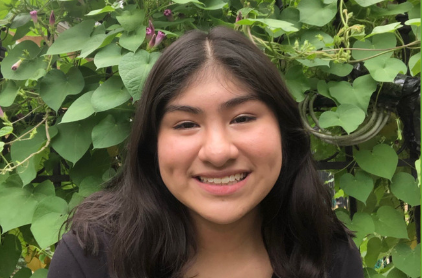
Emily, a senior, is returning to The Champion (formerly The Warrior) for her second and final year. A beginner guitar player, Emily enjoys listening to...

